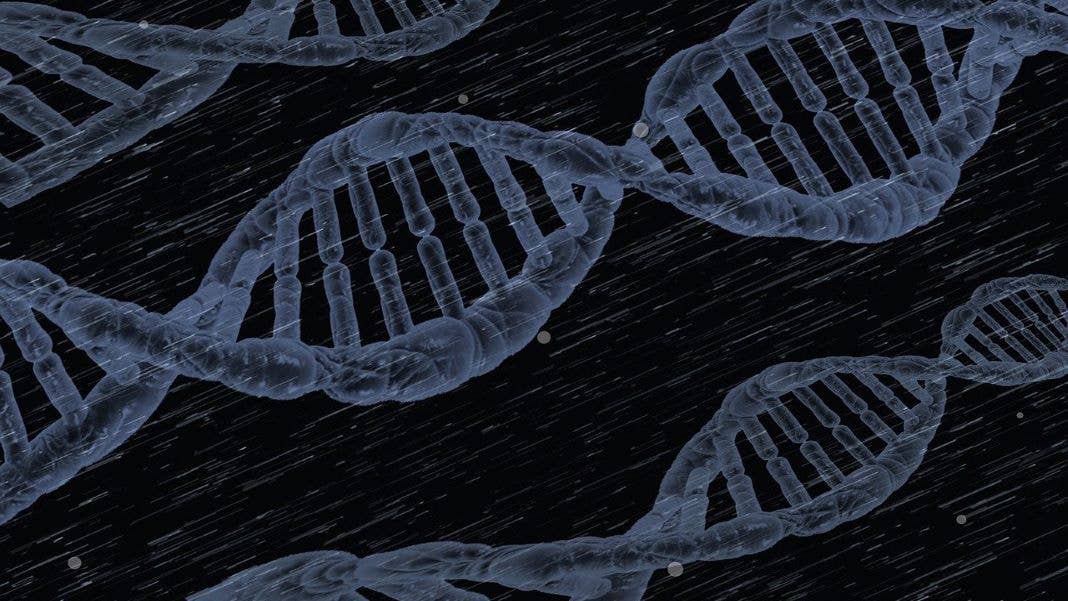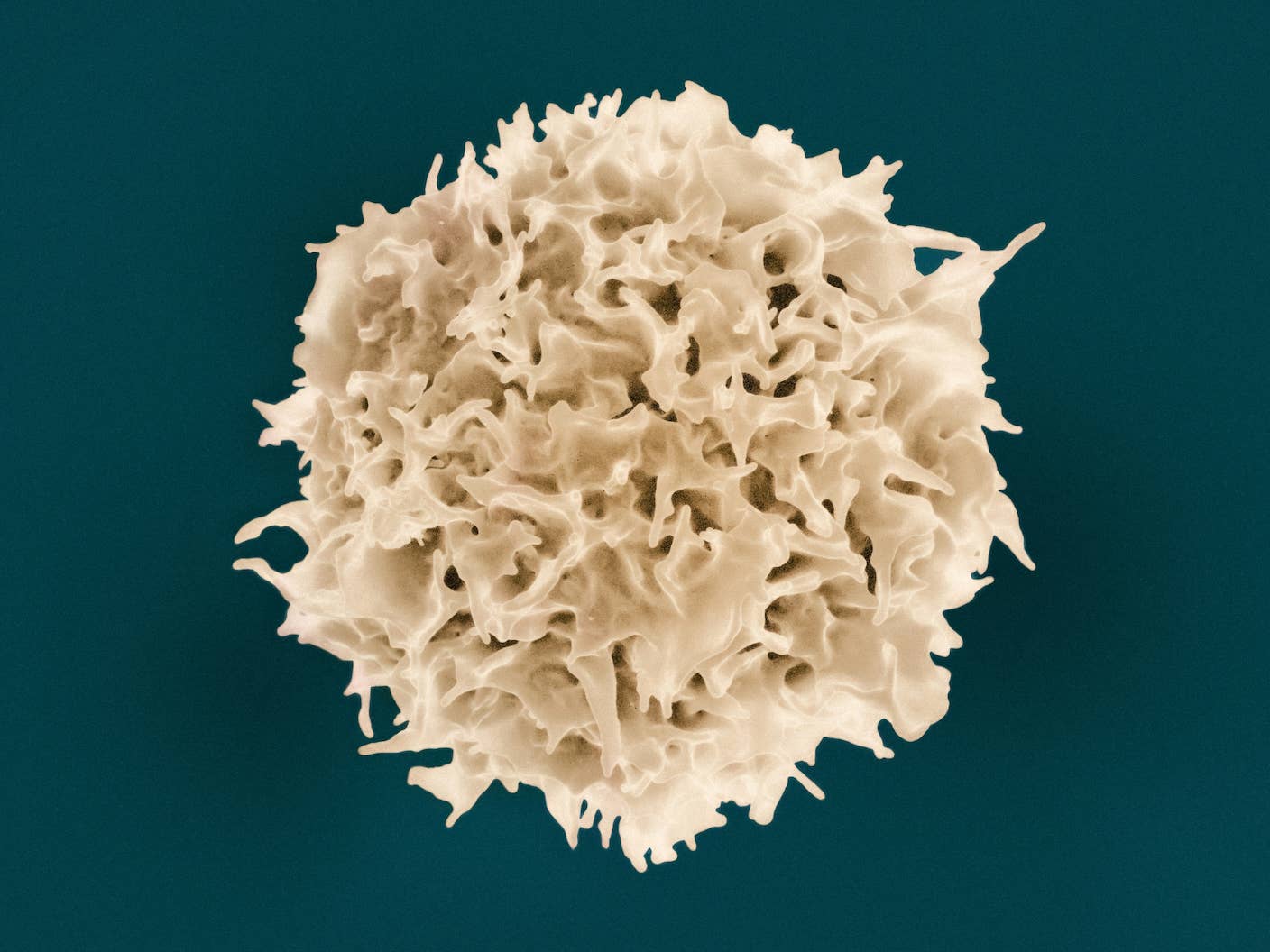How One Round of Gene Therapy Fixed 48 Kids’ Immune Systems

Share
Gene therapy has shown promise in recent years for treating a range of diseases, including sickle-cell anemia, hemophilia, various forms of inherited blindness, mesothelioma, and Duchenne muscular dystrophy. A new success story may soon be added to this list, with the publication yesterday of the outcomes of a clinical trial that used gene therapy to cure a rare immune system disorder in infants.
The study, described in the New England Journal of Medicine, was carried out by researchers from UCLA and Great Ormond Street Hospital in London over the course of five years, beginning in 2012.
About ADA
Adenosine deaminase (ADA) is an enzyme found in a type of white blood cell called lymphocytes, which are primarily active in the brain, GI tract, and thymus gland. Lymphocytes make antibodies and attack infected cells, so they’re pretty crucial to the immune system.
ADA’s job is to convert a molecule that’s harmful to lymphocytes into a non-harmful version of itself. If ADA can’t work its magic, that molecule starts to build up in lymphocytes, becoming toxic and ultimately killing the cells—and leaving the immune system virtually defenseless, highly vulnerable to invaders like viruses and bacteria.
Mutations in the ADA gene mean the body doesn’t make enough of the enzyme to successfully do its job. This deficiency of ADA leads to a condition called severe combined immunodeficiency (SCID). Those suffering from SCID can not only get sick very easily, but conditions that would be neutralized by a normal immune system quickly become deadly for them.
SCID was more commonly known as “bubble boy disease” after David Vetter, a boy born in Texas in 1971, spent 12 of his 13 years of life enclosed in a plastic bubble to protect him from germs.
About 20 different genetic mutations can cause SCID; ADA-SCID refers to immunodeficiency caused by lack of the ADA enzyme: severe combined immunodeficiency due to adenosine deaminase deficiency—a bit of a mouthful. The worst part of ADA-SCID is that it occurs in babies; most are diagnosed with the condition before they’re even six months old, and without treatment they typically don’t live past age two.
ADA is rare, estimated to occur in about 1 in 200,000 to 1,000,000 newborns worldwide; both the mother’s and the father’s ADA gene must have mutations for the child to end up with this condition.
A New Treatment
The first step in the gene therapy treatment was to collect hematopoietic stem cells, which are those that manufacture blood cells, from the patients. The researchers then inserted an intact copy of the ADA gene into the stem cells using an RNA virus called a lentivirus (the most well-known lentivirus is HIV).
Be Part of the Future
Sign up to receive top stories about groundbreaking technologies and visionary thinkers from SingularityHub.


The altered cells were re-injected into the patients, where they started producing ADA normally, yielding healthy immune cells.
Out of 50 total patients—30 in the US and 20 in the UK—with ADA-SCID, 48 appear to have been rid of their condition thanks to the gene therapy, with no complications reported. The two patients who didn’t have success with the therapy went back to traditional treatment methods, and didn’t experience any adverse effects as a result of having tried the therapy.
If, or hopefully when, gene therapy becomes the go-to treatment for ADA-SCID, it will be a welcome reprieve from traditional options, which are neither pleasant nor cheap: patients need weekly injections of ADA until a bone marrow transplant can be done, and absent a donor, they must consistently receive injections, take antibiotics, and undergo antibody infusions for life.
“If approved in the future, this treatment could be standard for ADA-SCID, and potentially many other genetic conditions, removing the need to find a matched donor for a bone marrow transplant and the toxic side effects often associated with that treatment,” said Dr. Claire Booth, co-author of the study and a consultant in pediatric immunology and gene therapy at London’s Great Ormond Street Hospital.
There’s no mention of the cost of the therapy, nor whether this could be a prohibitive factor to making it a viable option. Nonetheless, the study is encouraging not just for its potential to revolutionize treatment of ADA-SCID, but as a harbinger for the promise of gene therapy for a multitude of genetic conditions.
“People ask us, is it a cure? Who knows long term, but at least up to three years, these children are doing well,” said Dr. Stephen Gottschalk, who was not involved in this study but performed a similar gene therapy on kids with SCID at St. Jude Children’s Research Hospital in Memphis. “The immune function seems stable over time so I think it looks very, very encouraging.”
Image Credit: liyuanalison from Pixabay
Vanessa has been writing about science and technology for eight years and was senior editor at SingularityHub. She's interested in biotechnology and genetic engineering, the nitty-gritty of the renewable energy transition, the roles technology and science play in geopolitics and international development, and countless other topics.
Related Articles

AI-Designed Antibodies Are Racing Toward Clinical Trials

Sci-Fi Cloaking Technology Takes a Step Closer to Reality With Synthetic Skin Like an Octopus

Aging Weakens Immunity. An mRNA Shot Turned Back the Clock in Mice.
What we’re reading